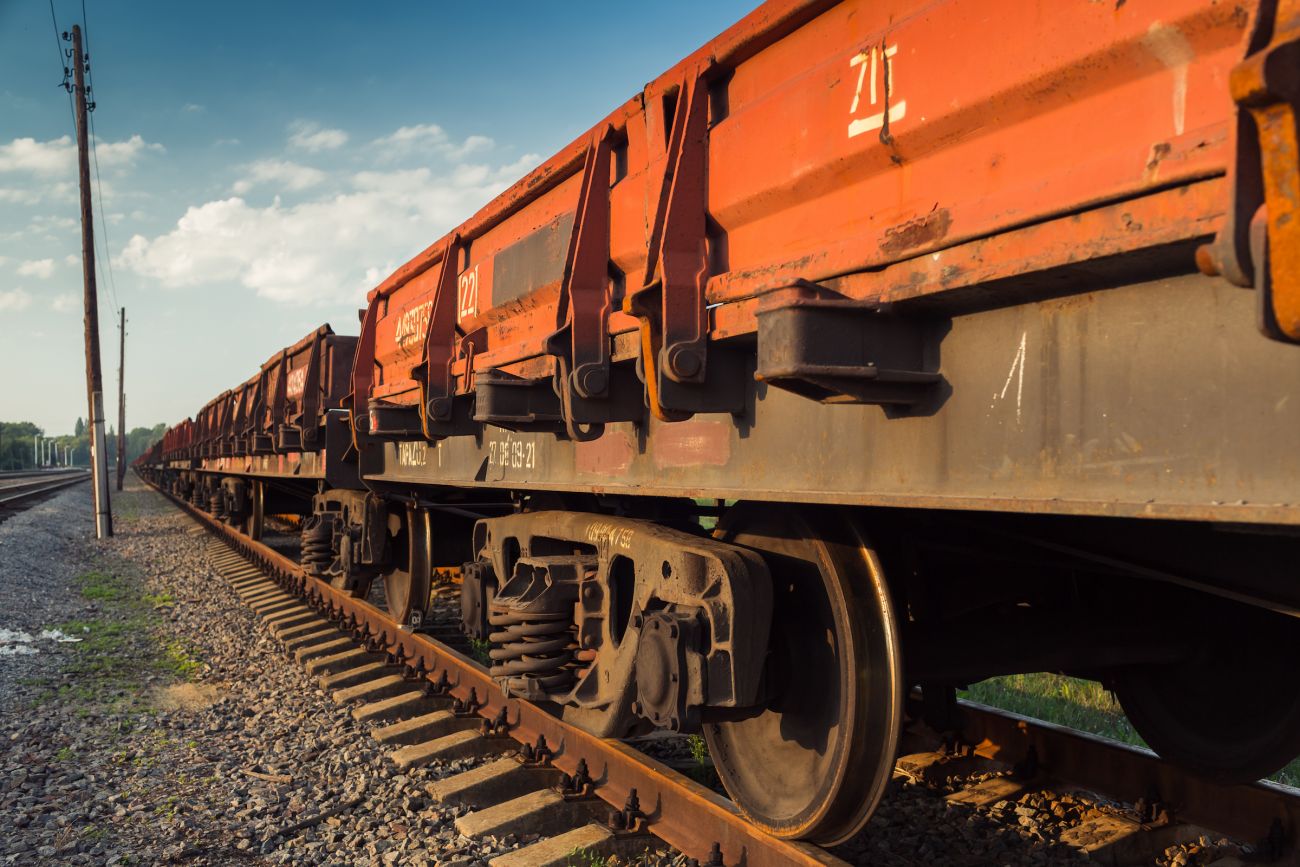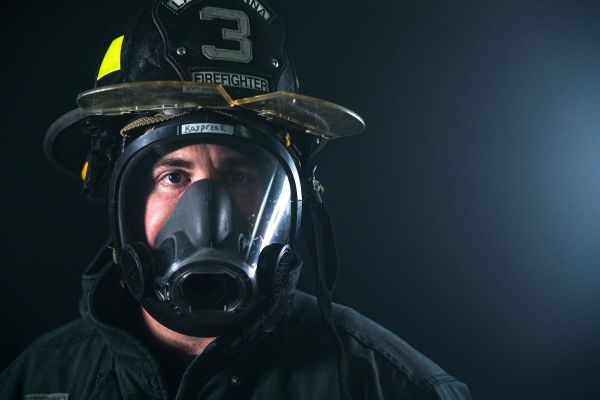This is the second in a series of Cancer Talk articles about jobs that carry an increased risk of cancer.
Every year, America’s railroads transport 30 million travelers to their destinations and move 1.6 billion tons of freight — food, crude oil, grain, vehicles, lumber, chemicals, crushed stone, metal ore and many other products. And every day, the railroad workers who keep the system on track are exposed to substances that put them at increased risk of developing cancer down the line.
The risk cuts across different types of jobs, affecting conductors, brakemen, firemen, shop workers, yardmasters, pipefitters, sheet metal workers, trackmen and many other personnel. Here are some of the main elements that have been linked to cancer risk:
- Asbestos, which is found in many places, including pipe insulation, electrical panels and the lining of brake shoes
- Silica dust, created from the silica sand used for traction on the tracks, and from moving ballast — the granite gravel spread around the railroad bed
- Exhaust from diesel locomotives
- Solvents used in cleaning equipment
- Railroad ties treated with creosote
- Lead paint on bridges and other structures and equipment
- Fumes from welding
- Herbicides (weed killers) used around the train tracks
Exposure to these substances is associated with a broad range of cancers: bladder, colon, kidney, throat, lung, leukemia, lymphoma, multiple myeloma and mesothelioma, as well as some non-cancers, such as asbestosis and chronic obstructive pulmonary disorder (COPD). A person’s level of risk depends on the “dose” — the amount of the substance to which the person was exposed and the length of exposure (how many years).
Never miss another Cancer Talk blog!
Sign up to receive our monthly Cancer Talk e-newsletter.
Sign up!“It’s all about the dose,” says Mary Reid, MSPH, PhD, Director of Cancer Screening and Survivorship at Roswell Park Comprehensive Cancer Center. “Someone may have a really significant exposure over a short period of time or a moderate exposure over a long period of time. What we know about asbestos and diesel and silica is, the greater the dose, the greater the risk.”
When that exposure is combined with smoking, the risk level skyrockets. For example, smokers who were exposed to asbestos have 35 times the average risk of lung cancer.
How can you protect yourself? If you or a loved one ever worked on the railroad, take time to read the health tips below. They include many of the same recommendations given to firefighters and people in other careers that involve increased cancer risk, and they can help reduce that risk.
- Find out what types of carcinogens (cancer-causing substances) you may have been exposed to on the job. Don’t know? “There are law firms in the area that can help you, because they’ve done the research, and they know when and where these types of exposures occurred,” says Dr. Reid.
- “If you worked on the railroad, tell your doctor,” Dr. Reid advises. “That clues your provider that if you have a persistent cough, it might not be due to a lung infection — you could be at risk for lung cancer."
- Get an annual physical from your primary care physician. The exam should include:
— A respiratory test to detect changes in your lung function, which can be an early sign of lung cancer
— Blood tests to detect any early-stage blood cancers (leukemia, for example) or changes in kidney function - Pay attention to changes in your body. “Know the warning signs that indicate something is wrong, and don’t ignore them.” Those may include changes in how you breathe, coughing up blood, a change in your urinary habits (especially blood in your urine), unusual fatigue, and any pain that doesn’t go away.
- Find out if you’re eligible for Roswell Park’s lung cancer screening program. Roswell Park is a Lung Cancer Alliance Screening Center of Excellence.
- Don’t smoke. Need help quitting? Visit www.nysmokefree.com.



